Role King of the Belgians Name Baudouin Belgium | House Saxe-Coburg and Gotha Successor Albert II Grandparents Albert I of Belgium | |
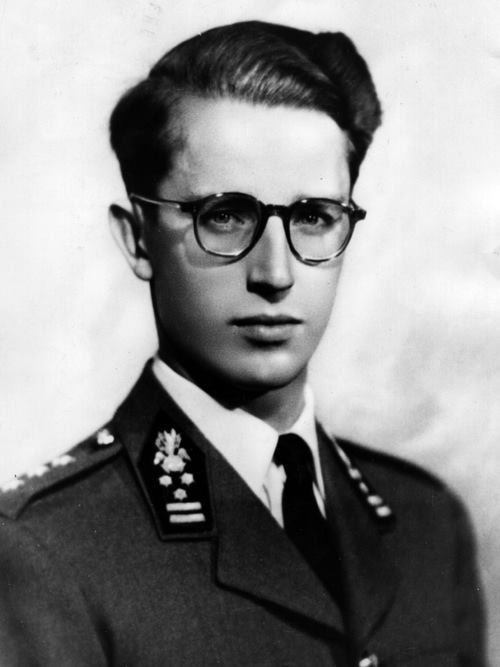 | ||
Reign 17 July 1951 – 31 July 1993 Consort Fabiola de Mora y Aragon Spouse Queen Fabiola of Belgium (m. 1960–1993) Parents Astrid of Sweden, Leopold III of Belgium Siblings Albert II of Belgium, Princess Josephine Charlotte of Belgium, Princess Marie-Esmeralda of Belgium Similar People Queen Fabiola of Belgium, Leopold III of Belgium, Albert II of Belgium, Philippe of Belgium, Queen Paola of Belgium | ||
Coronation of king baudouin of belgium 1951
Baudouin (Dutch: Boudewijn, German: Balduin; 7 September 1930 – 31 July 1993) reigned as the fifth King of the Belgians, following his father's abdication, from 1951 until his death in 1993. He was the last Belgian king to be sovereign of Congo.
Contents
- Coronation of king baudouin of belgium 1951
- Coronation Of King Baudouin Of Belgium 1951
- Ascent to the throne
- Marriage
- Notable events
- Religious influences
- Death succession and legacy
- National honours
- Foreign honours
- Dynastic honours
- References
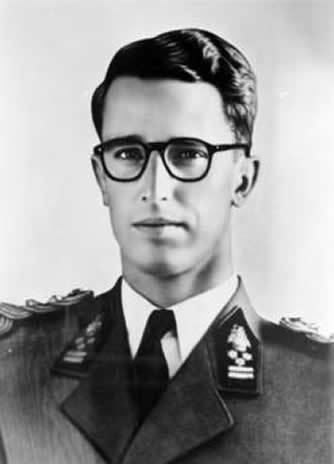
He was the elder son of King Leopold III (1901–83) and his first wife, Princess Astrid of Sweden (1905–35). Because he had no children with his wife, Fabiola de Mora, the crown passed to his younger brother, Albert II (formerly Prince of Liège), following his death.
Coronation Of King Baudouin Of Belgium (1951)
Ascent to the throne
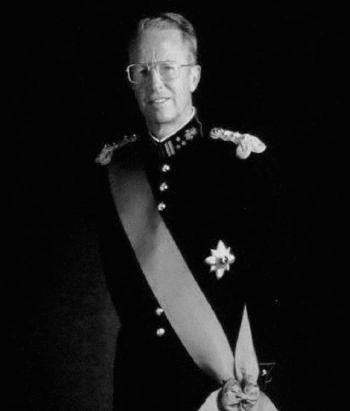
Baudouin was born in the Château du Stuyvenberg, near Laeken, Brussels, in Belgium, in 1930, the son of Prince Leopold, the then Duke of Brabant, and his wife, Astrid of Sweden. His father became King of the Belgians, as Leopold III, in 1934. Baudouin's mother died in 1935 in an automobile accident.
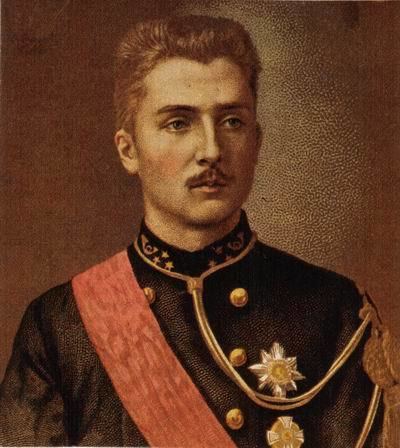
Part of Leopold III's unpopularity was the result of a second marriage in 1941 to Mary Lilian Baels, an English-born Belgian commoner, later known as Princess de Réthy. More controversial had been Leopold's decision to surrender to Nazi Germany during the Second World War, when Belgium was invaded in 1940; many Belgians questioned his loyalties, but a commission of inquiry exonerated him of treason after the war. Though reinstated in a plebiscite, the controversy surrounding Leopold led to his abdication.
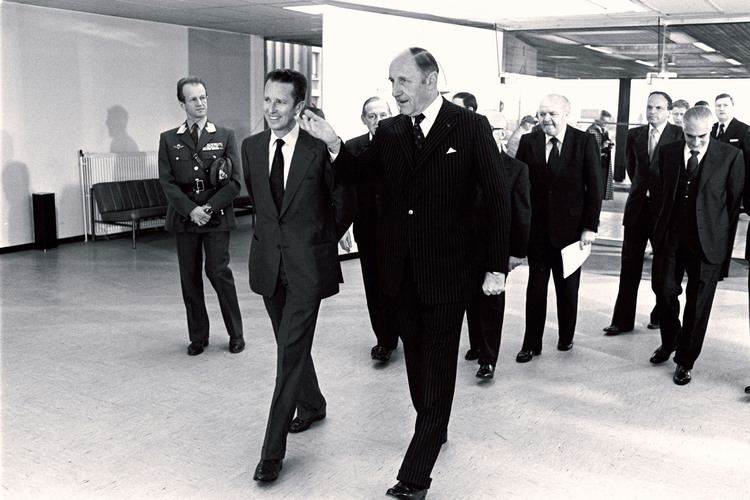
During the war the king was deported by command of Adolf Hitler to Hirschstein.
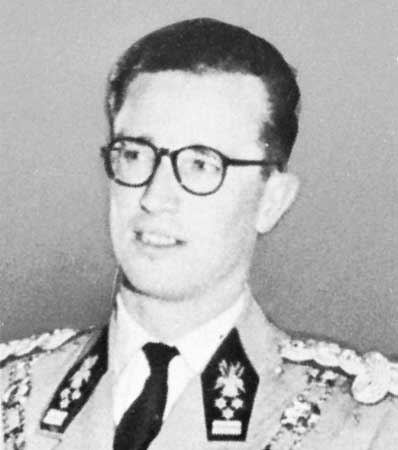
King Leopold III requested the Belgian Government and the Parliament to approve a law delegating his royal powers to his son, Prince Baudouin, who took the constitutional oath before the United Chambers of the Belgian Parliament as Prince Royal on 11 August 1950. He ascended the throne and became the fifth King of the Belgians upon taking the constitutional oath on 17 July 1951, one day following his father's abdication.
The Congolese called the young king Mwana Kitoko ("beautiful boy").
Marriage
On 15 December 1960, Baudouin was married in Brussels to Doña Fabiola de Mora y Aragón. The King and Queen had no children; all of the Queen's five pregnancies ended in miscarriage.
Notable events
During Baudouin's reign the colony of Belgian Congo became independent. During the last ceremonial inspection of the Force Publique, the royal sabre of the king was stolen during a parade by Ambroise Boimbo. The photograph, taken by Robert Lebeck, was widely published in world newspapers, with some seeing the act as a humiliation for the king. The next day the king attended the official reception; he gave a speech that received a blistering response by Congolese Prime Minister Patrice Lumumba.
Baudouin attended the State funeral of John F. Kennedy in November 1963, as the head of state of Belgium, and one of many dignitaries at that state funeral, along with Paul-Henri Spaak, the Minister of Foreign Affairs and former three-time Prime Minister of Belgium.
In 1990, when Baudouin refused to sign into law a bill permitting abortion, the cabinet assumed the power to promulgate the law while he was treated as "unable to govern" for twenty-four hours.
In 1976, on the 25th anniversary of Baudouin's accession, the King Baudouin Foundation was formed, with the aim of improving the living conditions of the Belgian people.
He was the 1,176th Knight of the Order of the Golden Fleece in Spain in 1960 and the 930th Knight of the Order of the Garter.
Religious influences
Baudouin was a devout Roman Catholic. Through the influence of Leo Cardinal Suenens, Baudouin participated in the growing Renewal Movement and regularly went on pilgrimages to the French shrine of Paray-le-Monial.
In 1990, when a law submitted by Roger Lallemand and Lucienne Herman-Michielsens that liberalised Belgium's abortion laws was approved by Parliament, he refused to give Royal Assent to the bill. This was unprecedented; although Baudouin was de jure Belgium's chief executive, Royal Assent has long been a formality (as is the case in most constitutional and popular monarchies). However, due to his religious convictions, Baudouin asked the Government to declare him temporarily unable to reign so that he could avoid signing the measure into law. The Government under Wilfried Martens complied with his request on 4 April 1990. According to the provisions of the Belgian Constitution, in the event the King is temporarily unable to reign, the Government as a whole fulfills the role of Head of State. All members of the Government signed the bill, and the next day (5 April 1990) the Government declared that Baudouin was capable of reigning again.
Death, succession, and legacy
Baudouin reigned for 42 years. He died of heart failure on 31 July 1993 in the Villa Astrida in Motril, in the south of Spain. Although in March 1992 the King had been operated for a Mitral valve prolapse in Paris, his death still came unexpectedly, and sent much of Belgium into a period of deep mourning. His death notably stopped the 1993 24 Hours of Spa sportscar race, which had reached the 15-hour mark when the news broke.
Within hours the Royal Palace gates and enclosure were covered with flowers that people brought spontaneously. A viewing of the body was held at the Royal Palace in central Brussels; 500,000 people (5% of the population) came to pay their respects. Many waited in line up to 14 hours in sweltering heat to see their King one last time. Along with other members of European royalty, Queen Elizabeth II of the United Kingdom attended the funeral.
King Baudouin was interred in the royal vault at the Church of Our Lady of Laeken, Brussels, Belgium. He was succeeded by his younger brother, who became King Albert II.
